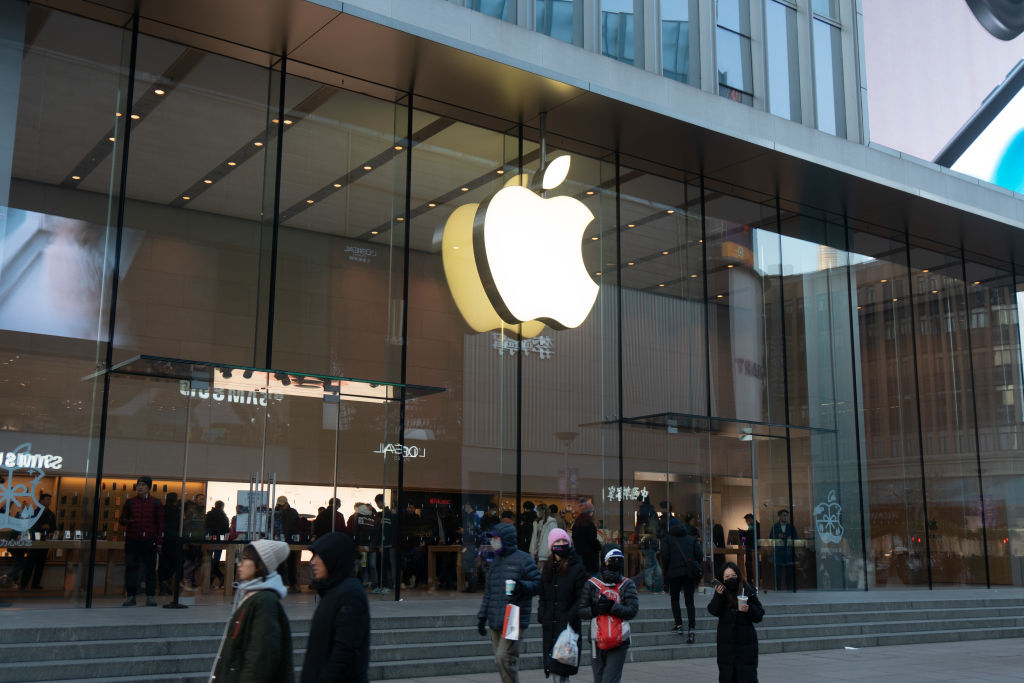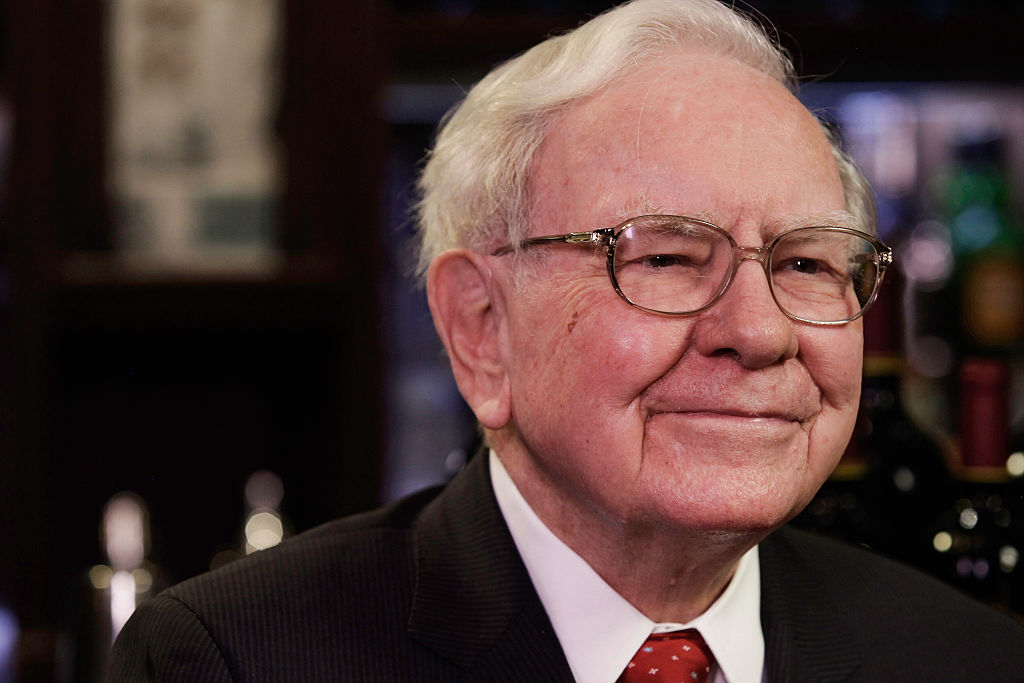5 Big Tech Stocks That Are Surprisingly Cheap
Business prospects for these five companies look good, and their shares are attractively priced.

“Cheap” and “tech stocks” typically don’t go together. But tech stocks are a bargain relative to the broad market now, says S&P Capital IQ. The 65 stocks that make up Standard & Poor’s 500 Information Technology index boast an average price-earnings ratio of just under 16, based on estimated 2015 earnings. That compares with a P/E of 16.5 for the broad S&P 500-stock index. What’s more, tech-sector earnings are expected to increase by 11% in 2015, compared with just 7% for the S&P 500. With that in mind, we set out to find tech companies with promising futures and bargain share prices. Here are five that look appealing. (Prices and related figures are as of January 22.)
Apple (symbol AAPL, $112.40) Not exactly a surprise name, is it? The real surprise is how Apple , after returning 45% over the past year, rising by a factor of 100 over the past 15 years and attaining the status of the world’s most valuable company, can still be considered cheap. Fact is, relative to its profits, shares of the maker of iconic smartphones, tablets and personal computers with cult-like devotees are cheap. Apple trades at just 14 times estimated earnings for the fiscal year that ends in September. That’s quite a bargain considering that Apple’s profits are expected to climb 21% in the current fiscal year. Moreover, Apple has $155 billion, or $26 per share, of cash and investments on its balance sheet. UBS analyst Steven Milunovich, who rates the stock a buy, thinks Apple should sell at 15 times projected earnings and so has a one-year price target of $125.
Ciena (CIEN, $19.45)The more video we stream on our smartphones and at home on TV, the more Ciena stands to benefit. The Hanover, Md., company sells equipment, software and services that drive video and data on communications networks. Analysts expect earnings to expand a whopping 80%, to $1.06 per share, in the fiscal year that ends in October and another 40%, to $1.49 per share, in the October 2016 year. The stock sells for 18 times the current fiscal year’s estimate, which is reasonable in light of the expected growth.

Sign up for Kiplinger’s Free E-Newsletters
Profit and prosper with the best of expert advice on investing, taxes, retirement, personal finance and more - straight to your e-mail.
Profit and prosper with the best of expert advice - straight to your e-mail.
Naysayers argue that Ciena is too dependent on one customer (AT&T represented 22% of the company’s sales five years ago). But over the past five years, Ciena has worked hard to diversify its customer base, increasing its roster from 300 to more than 1,000. Today, five firms represent 40% of its sales.
Google (GOOGL, $537.30) Critics say Google’s best days are behind it. Don’t bet on that. For starters, the firm’s Android operating system drives 84% of smartphones, up from 75% in 2012, according to International Data Group. (Apple’s iOS operating system has a 12% market share worldwide.) Google dominates desktop searches in the U.S., Canada, Europe, Latin America and most Asia/Pacific countries. And ad sales, Google’s biggest source of revenues, grew by 16% in 2013 and by 18% in the first nine months of 2014 compared with the same period a year earlier. Analysts predict earnings growth of 16% in both 2015 and 2016. The stock trades for 18 times this year’s estimated earnings of $29.86 per share. Analyst Scott Kessler, of S&P Capital IQ, rates the stock a “strong buy” and has a 12-month target price of $650.
Micron Technology (MU, $30.89) It’s easy to be skeptical about companies in the highly competitive semiconductor sector. These firms, which make the chips that are at the heart of just about every electronic device, are known for their notorious boom and bust cycles. But the balance in the supply of and demand for mobile-phone memory chips is about to move in favor of the chipmakers. Micron predicts that demand for its flash-memory chips will grow 38% per year through 2018, while supply expands just 31% annually.
That should allow Micron to boost prices for its chips and puts it “in the best position in its corporate history,” says Paul Meeks, manager of Sextant Growth Fund. Analysts see earnings climbing by 12%, to $3.63 per share, in the fiscal year that ends in August, and by 14%, to $4.14 a share, the following year. The stock trades for just 8.5 times the current year’s estimated profits.
Priceline Group (PCLN, $1,049.68) Don’t get hung up on the raw share price. Although Priceline may trade in the four figures, the stock is actually well priced, selling for 17 times estimated 2015 earnings. That’s fair considering that analysts estimate that the online travel giant’s earnings will rise by 16% in both 2015 and 2016.
Size matters in this business because bigger players can negotiate better deals for travelers. Priceline is one of the biggest online travel sites in the U.S. In Europe, its Booking.com is the No. 1 site. With Agoda, the travel site it acquired in 2007, and its deal last year with Chinese online travel company Ctrip.com International, Priceline has a foothold in fast-growing Asian markets.
Priceline shares have dropped 24% from their all-time high, reached last March. One concern: The strong dollar may hurt earnings because Priceline generates 85% of its revenues in Europe and Asia. (When the dollar gains in value, money earned in countries with the weaker currencies translates into fewer dollars.) But Priceline’s executives have proved themselves over time, with a series of smart acquisitions (including OpenTable in 2014 and Kayak in 2013) and a record of steady gains in revenue and profits for nearly a decade. Morningstar analyst Dan Wasiolek pegs the stock’s fair value at $1,500 per share.
Get Kiplinger Today newsletter — free
Profit and prosper with the best of Kiplinger's advice on investing, taxes, retirement, personal finance and much more. Delivered daily. Enter your email in the box and click Sign Me Up.

Nellie joined Kiplinger in August 2011 after a seven-year stint in Hong Kong. There, she worked for the Wall Street Journal Asia, where as lifestyle editor, she launched and edited Scene Asia, an online guide to food, wine, entertainment and the arts in Asia. Prior to that, she was an editor at Weekend Journal, the Friday lifestyle section of the Wall Street Journal Asia. Kiplinger isn't Nellie's first foray into personal finance: She has also worked at SmartMoney (rising from fact-checker to senior writer), and she was a senior editor at Money.
-
 The AI Doctor Coming to Read Your Test Results
The AI Doctor Coming to Read Your Test ResultsThe Kiplinger Letter There’s big opportunity for AI tools that analyze CAT scans, MRIs and other medical images. But there are also big challenges that human clinicians and tech companies will have to overcome.
By John Miley Published
-
 The Best Places for LGBTQ People to Retire Abroad
The Best Places for LGBTQ People to Retire AbroadLGBTQ people can safely retire abroad, but they must know a country’s laws and level of support — going beyond the usual retirement considerations.
By Drew Limsky Published
-
 Wall Street Is Worried About Apple Stock. Should You Be Too?
Wall Street Is Worried About Apple Stock. Should You Be Too?Analysts expect Trump's sweeping tariffs to have an outsized impact on Apple stock. How concerned should investors be?
By Karee Venema Last updated
-
 The Stock Market Is Selling Off. Here's What Investors Should Do
The Stock Market Is Selling Off. Here's What Investors Should DoInvestors started fleeing the equities market en masse in response to the Trump administration's "jaw-dropping" tariffs. But the experts say don't panic.
By Karee Venema Last updated
-
 Should You Sell Tesla Stock as Elon Unrest Grows?
Should You Sell Tesla Stock as Elon Unrest Grows?Tesla's CEO is wearing many hats and is managing them "with great difficulty."
By David Dittman Published
-
 5 of Warren Buffett's Best Investments
5 of Warren Buffett's Best InvestmentsWarren Buffett has had plenty of wins throughout his decades of investing. Here, we highlight five of Buffett's best investments.
By Kyle Woodley Published
-
 Apple's 100,000% Return Is a Result of Innovation, Brand Loyalty and Buybacks
Apple's 100,000% Return Is a Result of Innovation, Brand Loyalty and BuybacksApple spends billions buying back its own shares, but this is just one catalyst behind the incredible growth in its share price.
By Louis Navellier Published
-
 Stock Market Today: Stocks Struggle After Trump's EU Tariff Threats
Stock Market Today: Stocks Struggle After Trump's EU Tariff ThreatsStocks pared early gains after Trump threatened the European Union with 25% tariffs.
By Karee Venema Published
-
 Stock Market Today: Dow Gains After Nike Gets Upgraded
Stock Market Today: Dow Gains After Nike Gets UpgradedJefferies thinks Nike's new CEO will spark a turnaround in the beaten-down blue chip.
By Karee Venema Published
-
 Best Investments to Sidestep Trump's Trade War
Best Investments to Sidestep Trump's Trade WarThese ETFs are well-designed to weather rising U.S. protectionism and retaliatory tariffs.
By Jeff Reeves Last updated